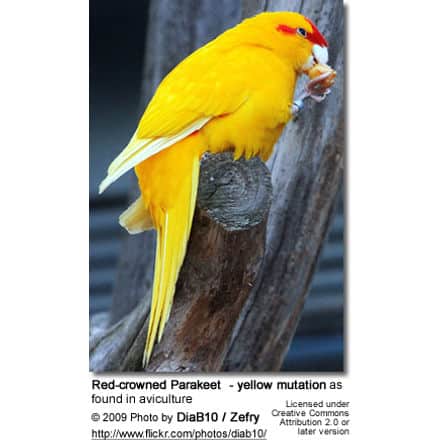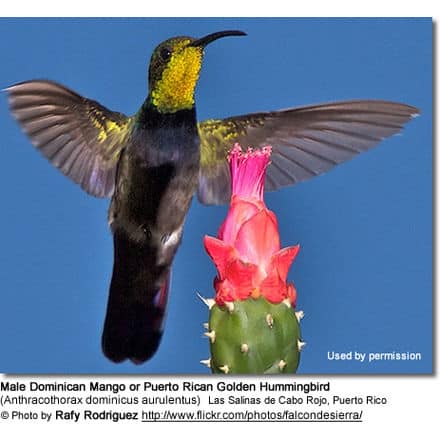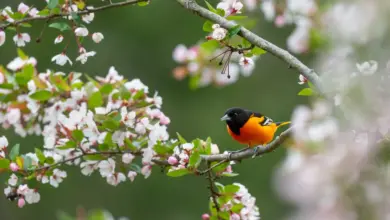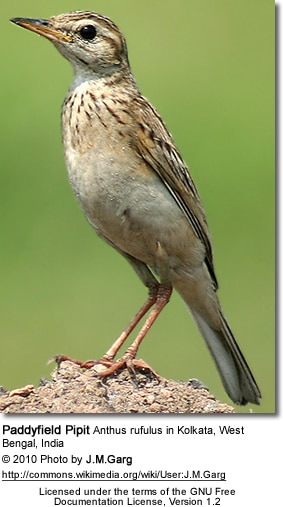Kakarikis or Kākāriki
The Kakarikis or New Zealand parakeets are parakeets in the genus Cyanoramphus, family Psittacidae.
Their Mori name “Kakriki” (translated as “green”) refers to their mostly green plumage.
These brightly colored parakeets are found on many island groups in the South Pacific region. Sadly, these birds have suffered badly from habitat loss, alien (introduced) predators, and possibly also exotic diseases.
Three species and several subspecies have so far been identified. The three species found on mainland New Zealand are:
- The yellow-crowned Parakeet Cyanoramphus auriceps (New Zealand and neighboring islands)
- the Red-crowned Parakeet or Red-fronted Parakeet, C. novaezelandiae, and
- the critically endangered Malherbe’s Parakeet (or Orange-fronted Parakeet ) C. malherbi.
Habitat
All the above subspecies are native to New Zealand and have become endangered as a result of habitat destruction following European settlement and nest predation by introduced species of mammal. Scarce on the mainland, k?k?riki have survived well on outlying islands, and also through breeding in captivity since they make good pets. A license from the New Zealand Department of Conservation is now required to breed them in captivity.
In October 2004, according to the Porirua City News (17 November, page 8), two pairs of Red-crowned Parakeets were seen in the Porirua Scenic Reserve, probably having flown from Kapiti Island.
Mitochondrial DNA analysis has indicated that the Malherbe’s or Orange-fronted Parakeet is a separate species and not just a color variation of the Yellow-crowned Parakeet. The Orange-fronted Parakeet is highly endangered, with less than 200 individuals remaining in the North Canterbury region of the South Island. Furthermore, Chatham Island’s Yellow-crowned Parakeet and the red-crowned populations of New Caledonia, Norfolk Island, and the subantarctic islands have been determined to be distinct species (Boon et al., 2001).
Aviculture
The Red-crowned parakeets are common in aviculture and they are relatively easy to breed. They lay about 3 to 5 white eggs in a nesting box. A cinnamon color variety and a pied variety are available.
Behavior
They are usually observed in pairs or small groups in treetops or on outer branches of bushes outside the breeding season. Pairs may remain alone throughout the year, but these parakeets usually form small flocks.
They often forage on or near the ground. They gather at springs and water holes on islands with limited water supply to drink and bathe. Occasionally flocks fly to neighboring islands to forage.
They are fairly approachable.
Captive Breeding, Housing, and Care
Diet / Feeding
They feed on leaves, buds, flowers, shoots, seeds, fruit, berries, nuts, and other parts of plants.
They also eat insects and animal remains. On islands and In coastal areas, they forage on seaweed and mussels.
They also take up tiny stones, most likely to help with digestion.
Taxonomy:
Class: Aves … Order: Psittaciformes
Family: Psittacidae … Subfamily: Psittacinae
Genus: Scientific: Cyanoramphus … English: Red-fronted Parakeets … Dutch: Kakarikis … German: Laufsittiche … French: Kakariki
Sub-species:
Alpine Parakeets, Malherbe’s Parakeets, or Orange-fronted Parakeet

Antipodes Island / Green Parakeets
Antipodes Red-Fronted Parakeets
Black-fronted Parakeets, Tahiti Parakeets
Brown-headed Parakeets: Please go to Society Kakarikis
Chatham Red-fronted Parakeets
Forbe’s Yellow-fronted Parakeets
Kermadec Red-fronted Parakeets
Lord Howe Red-fronted Parakeets
Macquarie Red-fronted Parakeets
Malherbe’s Parakeets, aka Alpine or Orange-fronted Parakeets
New Caledonian Red-fronted Parakeets
Orange-fronted Parakeets, aka Malherbe’s or Alpine Parakeets
Red-fronted Kakarikis aka Red-crowned Parakeets
Tahiti Parakeets: Please go to Black-fronted Parakeets
Society Kakariki (Ulietanus)
Yellow-fronted Parakeets aka Yellow-crowned Parakeets






